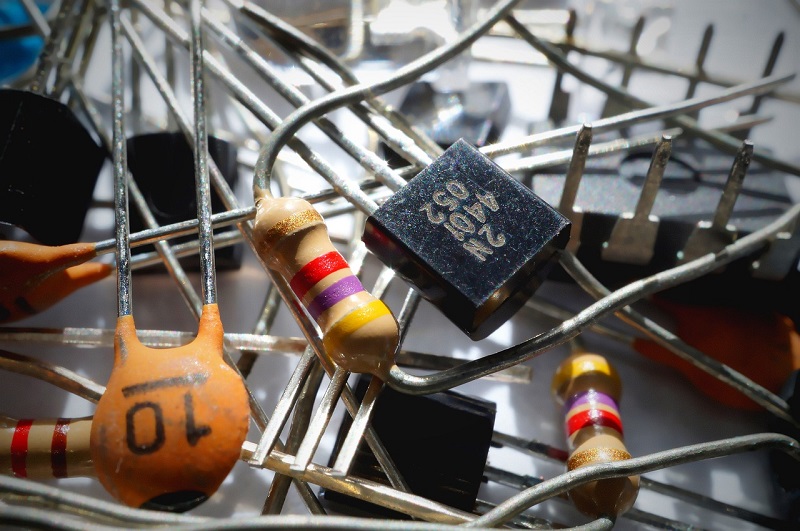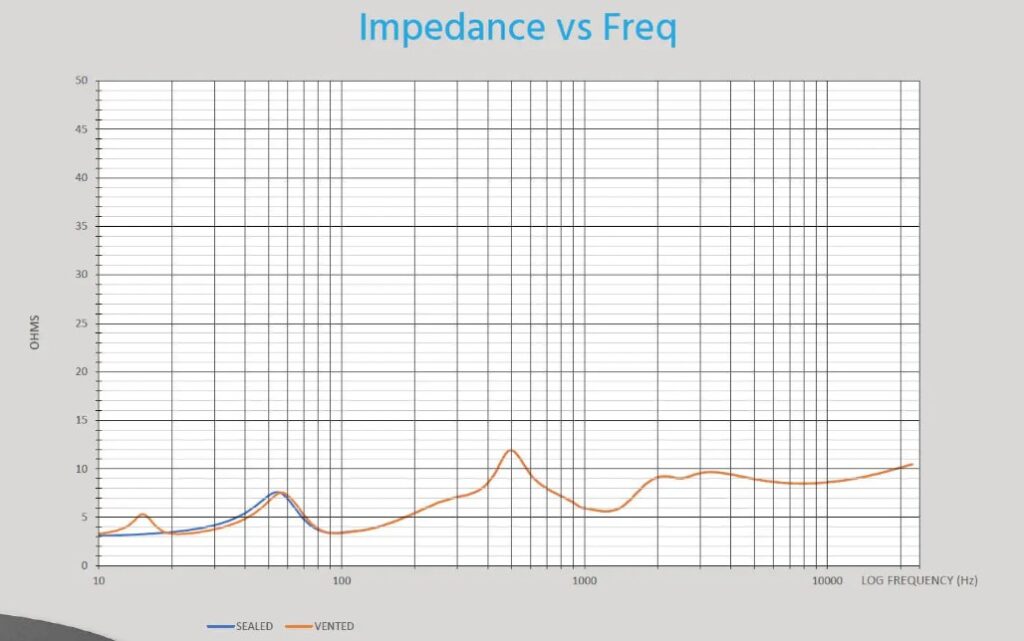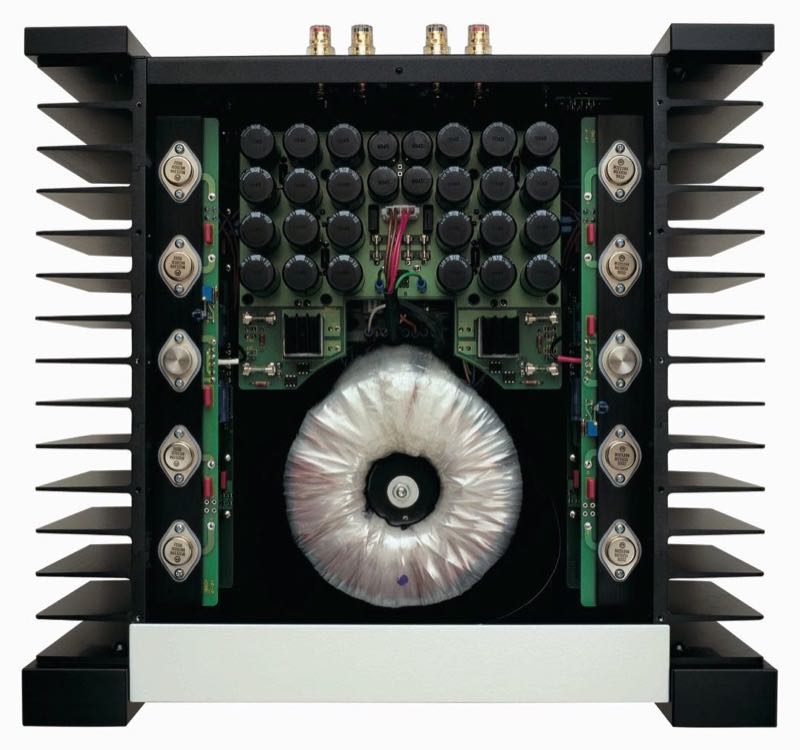Can My AV Receiver Power a 4-Ohm Speaker?
I lurk on many forums, and one of the most common questions I see is: can my AV receiver power a 4-ohm speaker? The answer is probably. But there are some caveats. Let’s discuss.
Why do Ohms Matter?
I am not an electrical engineer, but you don’t have to in order to understand the basic concepts under discussion, so let’s dive in. Ohms are a measure of electrical resistance between two conductors and is a measure of how well current can move between the two points. We often call this the speaker’s impedance, and typically, you will see speakers rated as 4, 6, or 8 ohms.
In simple terms, a lower speaker impedance rating (like 4 ohms) will draw more power and current from the amplifier. As you increase volume, the lower impedance will put more load on the amplifiers to maintain a consistent volume. So, to keep it simple, lower-ohm speakers will require higher-powered amplifiers to achieve equivalent volumes.

But you will often see the term “nominal” after the speaker impedance rating. Nominal means the average resistance that the speaker will need for typical use. But there is the thing: speakers and their power needs are dynamic. If you measured the resistance of your speakers during a movie, you would see peaks and valleys.
That’s because the impedance of a speaker will change based on the frequency of the sound that is being created. If you look at an impedance graph (below) you’ll see that the line is very low for some frequencies but much higher for others. Scenes in movies and music in general have a lot of different frequencies playing at the same time. It is not uncommon to see an 8-ohm speaker have a momentary dip to 4 ohms (or lower) for a noisy scene. Conversely, the same speaker might read 16 ohms (or higher) in a different scene because of the frequencies being reproduced.

What this means in real life is that, to achieve the same volume, the scenes that dip into 4 ohms will require more power than those that are 8 ohms or higher.
So Can My AV Receiver Power My Speaker?
Probably! But a lot of this depends on some factors. Remember that you can connect any amp to any speaker and get sound. The question is how loud you can get those speakers to play before your amplifier runs out of power and clips.
First off, how many watts is your AV receiver pushing out? A typical rating for an AV receiver is 80-100W. This rating doesn’t mean that every channel is pushing out 100W at all times. But each channel can deliver the power needed based on the music or movie you listen to/watch.
Secondly, how loud are you listening, and how far away do you sit? If you typically listen to your speakers at reference volume and sit far away from your speakers, you will need much more power to get to that volume.

Lastly, how efficient are your speakers, and what is their impedance? If you have a low-powered amp coupled with low sensitivity/impedance speakers and sit far away and crank them, you likely will have issues powering those speakers.
But you should be okay if you keep the volume reasonable, have typical speakers (6-8 ohm and >84dB sensitive), a modern AV receiver (80-100wpc), and sit reasonably (6-12′) close.
Can I Damage My Speakers/Amp?
Again, that’s an “it depends” kind of answer. Most AV receivers will give you a rating for what kind of speakers they will handle. My Onkyo TX-NR7100 is rated 220w into a 4-ohm speaker for my left and right channels. That means I can drive a 4-ohm speaker safely.
But, if you have a very low-wattage amp, not rated for 4-ohm loads, you risk damaging your amp and speakers by driving them too hard/loud over time. This damage is typically either a speaker clipping or an amp overheating. Neither of which leads to a long life for your gear.
The good news is that most modern AV receivers have built-in protection circuitry that will shut down the amp before it delivers a damaging current. The bad thing is that it is not 100% foolproof, and the damage could happen so quickly that the circuitry can’t keep up with it.
Should I Get A Better Amp?
Say it with me, kids! It depends. If you find your gear shutting down, overheating, or clipping, you might need an amp with more power and rated for a 4-ohm load.
But there are a few simple things you could do to prevent this. First, I recommend that you shop for “typical speakers.” That means speakers with average sensitivity, power handling, and a 6-8 ohm rating. So, 95% of the consumer market! Stay away from 4-ohm speakers in general. If you already have them, and you aren’t having issues, then don’t worry about it.
But if you are worried, moving them a little closer to you (or your seats a little closer to them) can help reduce the power needed to get them to the volume level you prefer. You can add a fan like the AC Infinity AIRCOM T9 to your amplifier (or AV receiver). The T9 ensures that as your amp temp rises, it keeps pace by pulling air in to keep the amp components nice and cool. Plus, by sitting closer to your speakers, you won’t need to draw as much power to get to reference volume.
Our Take
There are many variables we consider when we ask – can my AV receiver power a 4-ohm speaker? In most cases, with most setups, the answer is generally yes.
But, if you don’t have the typical layout and have wildly inefficient and low-impedance speakers, chances are you already have big ole external amplifiers and fancy speaker cables!


